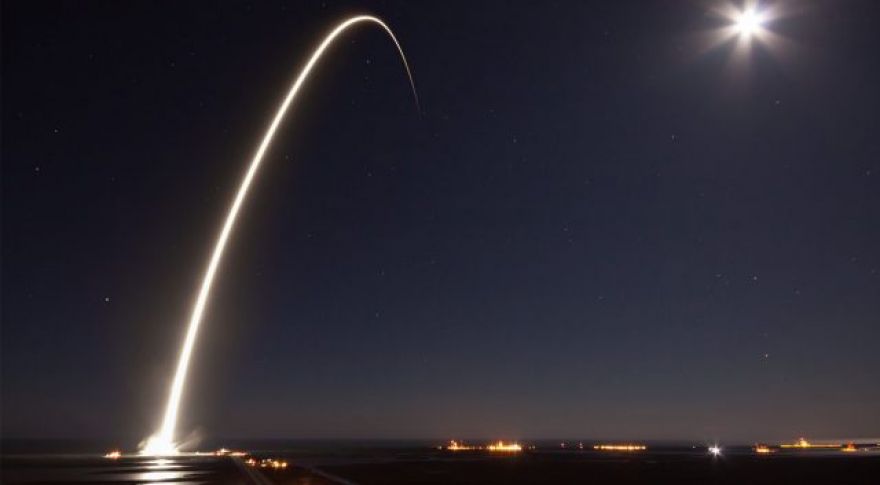
A rocket, a rover, and a moon: this week in space
Next week SpaceX is going to , launching it from their new digs at Pad 39A. This particular rocket is kind of a big deal. It was used in April 2016 to complete its first resupply mission of the International Space Station (including delivery of the Bigelow expandable habitat). On its way back, it made history again as the very first rocket successfully landed on the drone ship.
Curiosity’s wheels are taking some significant damage from the Martian terrain. NASA checks up on the rover frequently, and one of the tactics they use is having Curiosity take selfies with the camera on the end of its arm.
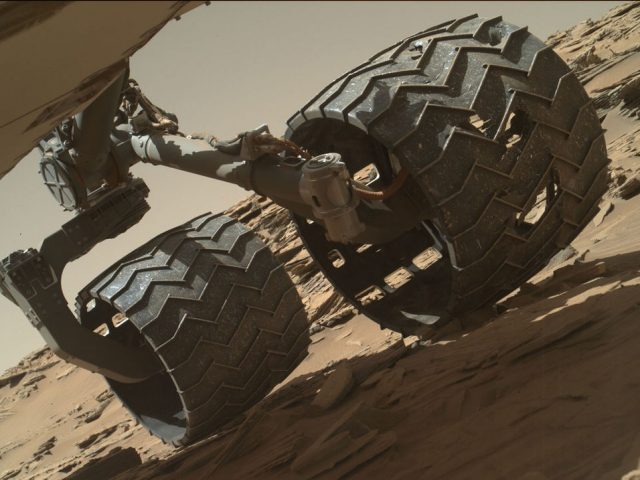
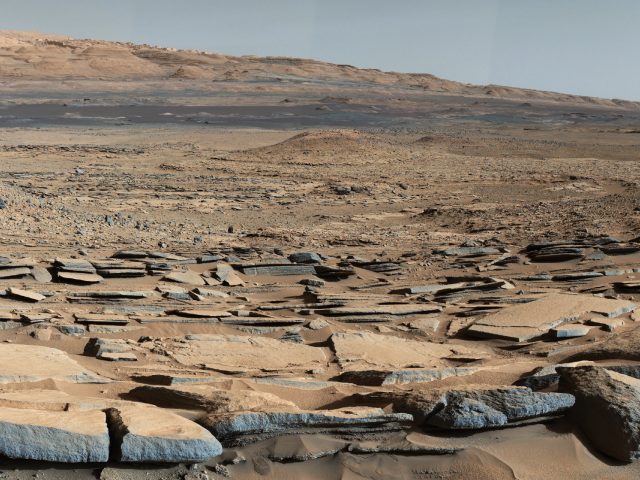
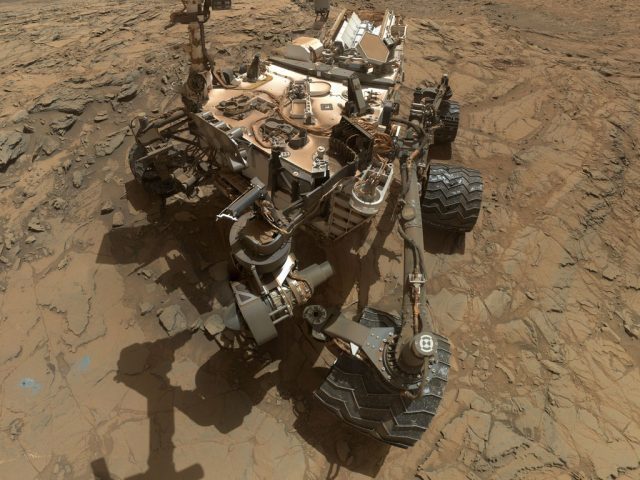
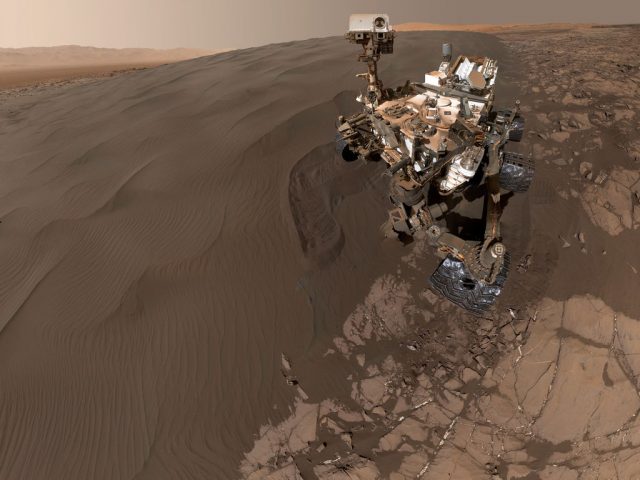
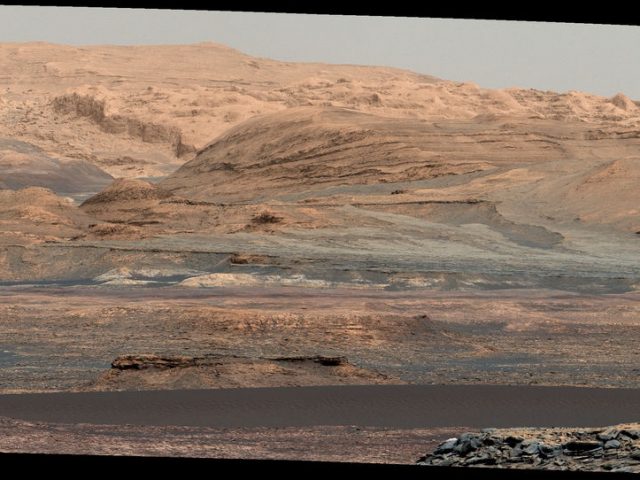
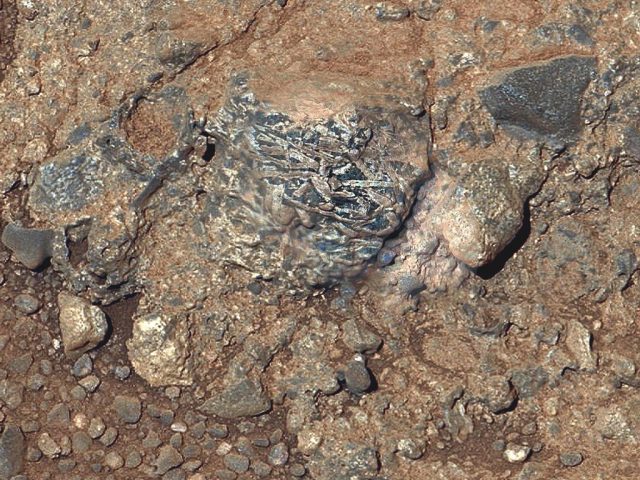
Even though the wheels are machined from solid aluminum, their . Curiosity will celebrate the fifth anniversary of its deployment on Mars this summer, and the stalwart little rover has held up surprisingly well. Even so, the damage is obvious enough that mission control is pretty sure they know exactly which wheel is going to fail first. Should another of the wheel’s treads give way, it’ll represent about 60 percent of the wheel’s useful life.
Scientists found the first direct evidence of a . 67P, the icy comet to which we sent Rosetta and Philae, is much more geologically active than we thought, but it’s not tectonics — it’s sunlight causing the activity. A particularly intense sunbeam hit a cliffside with such laserlike intensity that it caused the cliff to give way, releasing some 2,000 tons of material into a landslide and an attendant zero-g cloud of debris. And we caught it in progress. This is the cloud:
Image: NASA/ESA
NASA described their plans for Europa at the 48th Lunar and Planetary Science Conference this week. They’ve got a flyby and a lander planned, and they mean to investigate Europa looking for data on its briny subsurface ocean, along with scouting for signs of life. The spacecraft will have to be radiation-hardened to survive Jupiter’s magnetic environment. Even with the best titanium shielding, these missions can only last a few weeks to a few months before hardware failures put an end to them. Even so, scientists believe the planned Clipper orbiter is .
Last but not least: using the Hubble space telescope, scientists have discovered the — and they think it may have been flung from the center of its galaxy by that came from the merger of two galaxies. There does still exist the possibility that the black hole hasn’t gone rogue at all, and is instead just sitting behind the galaxy to which it appears to belong. More telescope time will tell.